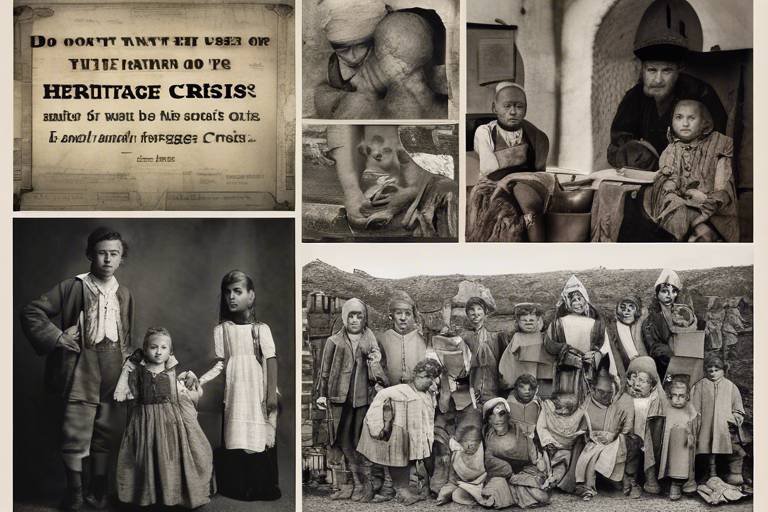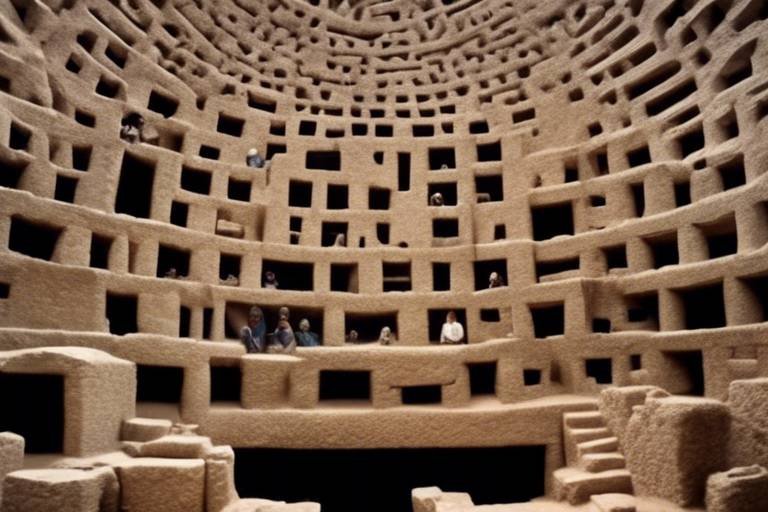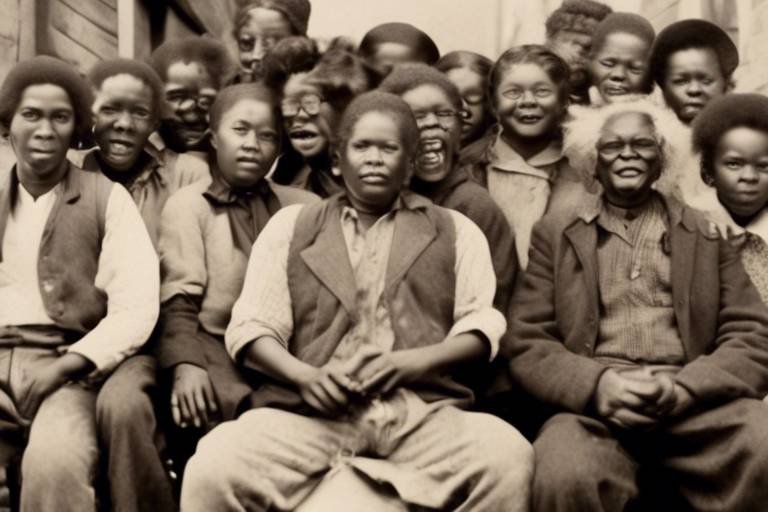Exploring the Challenges of Preserving Historic Towns
Preserving historic towns is like protecting a fragile piece of art, delicate and precious, yet constantly under threat from the elements and time itself. The challenges faced in this endeavor are as diverse as the towns themselves, each presenting a unique set of obstacles that demand creative solutions and unwavering dedication.
One of the primary hurdles in preserving historic towns is the relentless march of urbanization and development. As modern cities expand and populations grow, historic areas often find themselves caught in the crossfire of progress. The clash between preserving the past and embracing the future creates a delicate balancing act that requires careful planning and thoughtful consideration.
Financial constraints loom large over preservation efforts, casting a shadow of uncertainty over the future of historic towns. Securing funding for restoration projects, maintaining infrastructure, and ensuring economic sustainability are constant battles that preservationists must fight to keep the heritage alive.
Community engagement emerges as a crucial element in the preservation equation, as the support and involvement of local residents can make or break the success of preservation initiatives. Building a sense of ownership and pride within the community fosters a shared responsibility for safeguarding the town's history and character.
The framework of heritage conservation policies and regulations provides a vital safety net for historic towns, offering legal protection against encroaching threats. However, the effectiveness of these measures hinges on diligent enforcement and a clear understanding of their importance among all stakeholders.
Advancements in technology offer a glimmer of hope for the preservation of historic towns, with tools like 3D mapping and virtual reality revolutionizing the way we document and restore cultural heritage. These innovative approaches breathe new life into old structures, allowing us to experience the past in ways previously unimaginable.
Climate change and environmental perils pose a formidable challenge to the longevity of historic towns, with rising sea levels, extreme weather events, and pollution threatening to erase centuries of history in a single devastating blow. Adapting to these changing conditions requires proactive planning and sustainable practices.
Managing tourism in historic towns presents a delicate balancing act between economic prosperity and cultural preservation. Striking a harmonious chord between attracting visitors and protecting the town's authenticity is essential for ensuring a sustainable future that benefits both the local community and heritage enthusiasts.
Educational initiatives play a vital role in nurturing a deep appreciation for the historical significance of towns, instilling a sense of pride and responsibility in future generations. Cultivating cultural awareness and heritage literacy is key to fostering a lasting legacy that transcends time and space.
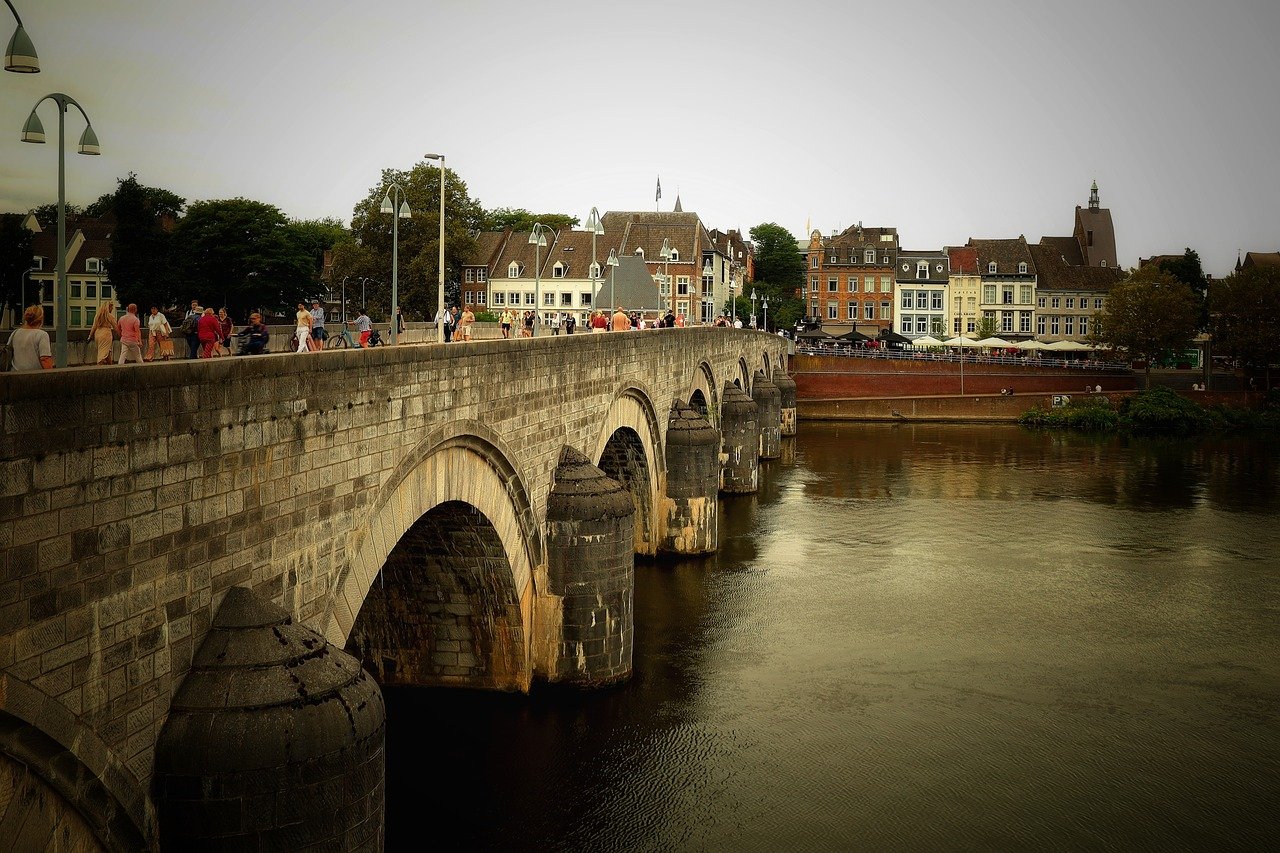
Urbanization and Development Pressures
This article delves into the complexities and obstacles faced in the preservation of historic towns, highlighting the importance of maintaining cultural heritage and architectural significance.
Urbanization and rapid development pose significant challenges to the preservation of historic towns. As cities expand and populations grow, there is immense pressure to modernize these areas, often at the expense of their historical integrity. The clash between the need for urban development and the preservation of cultural heritage creates a delicate balance that must be carefully managed.
Historic towns face the threat of being overshadowed by modern skyscrapers and commercial complexes, eroding the unique charm and character that make them special. The push for progress can sometimes disregard the historical value of these towns, leading to conflicts between those advocating for preservation and those promoting development.
Moreover, the influx of residents and businesses into historic areas can result in increased wear and tear on aging infrastructure, putting additional strain on the already fragile structures. Balancing the demands of urbanization with the need to protect the historical fabric of these towns requires thoughtful planning and consideration.
Local authorities and urban planners must navigate these challenges carefully, seeking innovative solutions that allow for sustainable development while safeguarding the cultural heritage that defines these historic towns.

Financial Constraints and Funding Issues
Preserving historic towns comes with a myriad of financial challenges that often hinder conservation efforts. One of the primary issues faced is the lack of adequate funding sources. Many historic towns struggle to secure sufficient financial support for restoration projects, maintenance, and infrastructure upgrades. This scarcity of funds can significantly impede the preservation of valuable cultural heritage.
Moreover, budget limitations pose a significant obstacle in undertaking comprehensive preservation initiatives. Historic towns require substantial financial investments to ensure proper upkeep and conservation of architectural landmarks, historical sites, and cultural assets. However, constrained budgets often force preservationists to prioritize projects based on immediate needs, leaving many aspects of the town's heritage at risk.
Another critical aspect of financial constraints is the question of economic viability. Balancing the costs of preservation with the potential economic benefits can be a delicate dance. While historic towns hold immense cultural value, they also have the potential to drive tourism and boost local economies. Finding a sustainable financial model that supports both preservation efforts and economic growth is essential for the long-term survival of these towns.
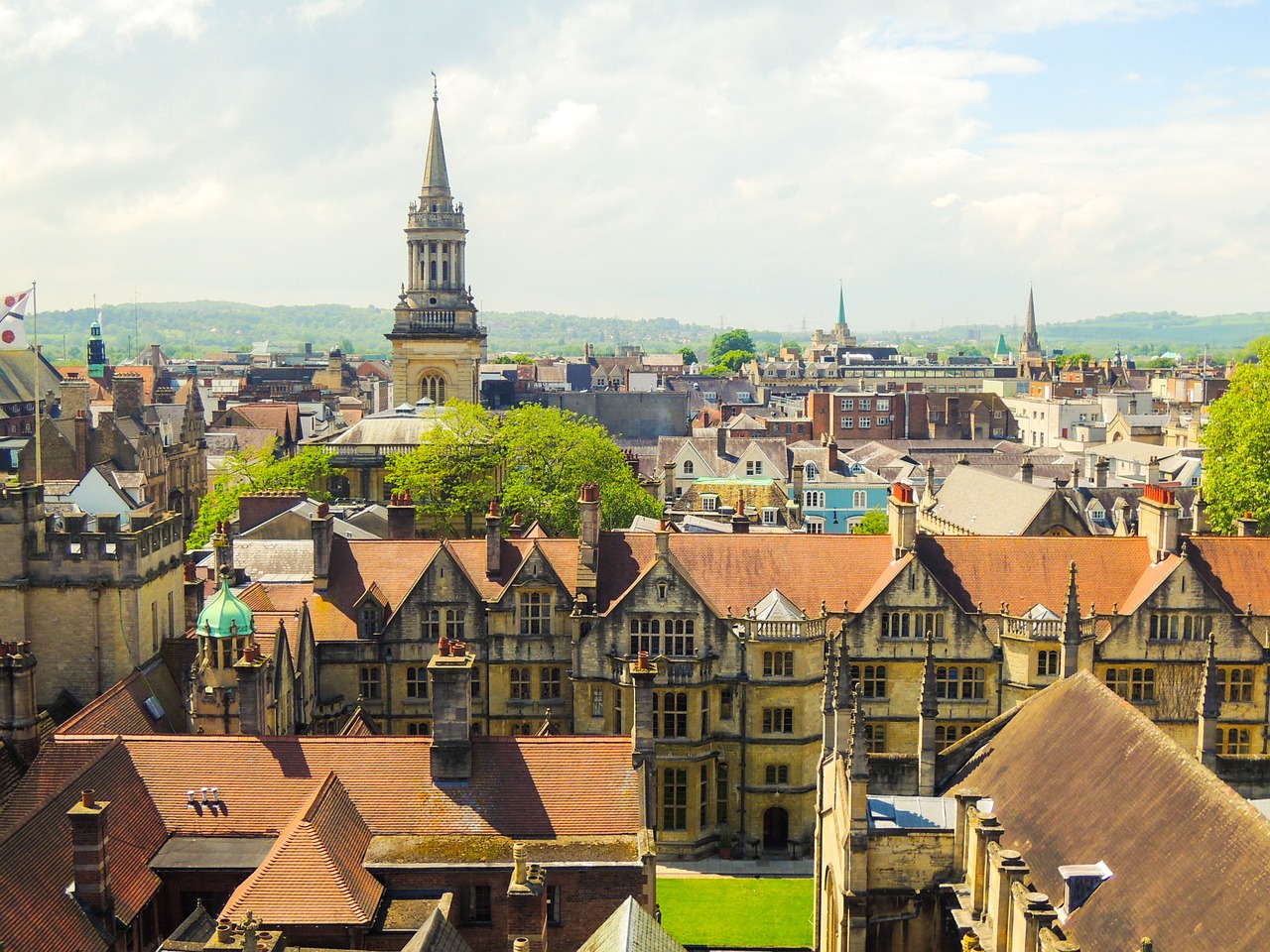
Community Engagement and Stakeholder Involvement
Community engagement and stakeholder involvement play a crucial role in the preservation of historic towns, creating a sense of shared responsibility and collective ownership among local residents and organizations. When communities actively participate in preservation efforts, they contribute not only financial support but also valuable local knowledge and cultural insights. By involving stakeholders such as historical societies, local businesses, and government agencies, a network of support is established to ensure the long-term sustainability of heritage conservation projects.
Effective communication and collaboration are key components of successful community engagement strategies. Town hall meetings, public forums, and workshops provide platforms for residents to voice their opinions, share concerns, and propose ideas for preserving the unique character of historic towns. Engaging with stakeholders through interactive sessions fosters a sense of inclusivity and transparency, building trust and fostering a shared vision for the future of these cherished places.
Furthermore, partnerships between community groups, preservation organizations, and academic institutions can lead to innovative solutions for the challenges faced in maintaining historic towns. Collaborative projects that combine traditional preservation methods with modern technologies not only enhance the conservation efforts but also create opportunities for knowledge exchange and skills development among participants.
By involving a diverse range of stakeholders, including residents, businesses, heritage experts, and government officials, a holistic approach to heritage preservation is achieved. This inclusive model of community engagement not only ensures the protection of historic sites but also fosters a sense of pride and identity among the local population, strengthening the social fabric and cultural resilience of historic towns.

Heritage Conservation Policies and Regulations
This article delves into the complexities and obstacles faced in the preservation of historic towns, highlighting the importance of maintaining cultural heritage and architectural significance.
The impact of rapid urbanization and development on historic towns, leading to conflicts between modernization and preservation efforts.
The financial challenges associated with preserving historic towns, including funding sources, budget limitations, and economic viability.
The role of community engagement and stakeholder involvement in preserving historic towns, emphasizing the importance of local support and collaboration.
Heritage conservation policies and regulations play a crucial role in safeguarding the historical integrity of towns. These regulations are designed to ensure that the architectural and cultural heritage of these towns is preserved for future generations. By implementing strict guidelines and restrictions, authorities aim to maintain the authenticity and character of historic areas. Compliance with these policies is essential to prevent unauthorized alterations or demolitions that could compromise the unique identity of the town.
The utilization of modern technologies such as 3D mapping, digital documentation, and virtual reality in the preservation and restoration of historic towns.
The impact of climate change and environmental threats on historic towns, including risks of natural disasters, erosion, and pollution.
The balance between promoting tourism in historic towns for economic growth and ensuring sustainable development practices to preserve their authenticity.
The importance of educational initiatives and cultural awareness programs in fostering appreciation for the historical significance of towns and promoting preservation efforts.
If you have any questions about the preservation of historic towns or related topics, check out the following FAQs:
- Q: Why is it important to preserve historic towns?
- A: Preserving historic towns helps maintain our cultural heritage and architectural legacy, providing a link to the past for future generations.
- Q: How can I get involved in the preservation of historic towns?
- A: You can participate in community initiatives, support heritage conservation organizations, and raise awareness about the significance of preserving historic sites.
- Q: What role do heritage conservation policies play in preserving historic towns?
- A: Heritage conservation policies set guidelines and regulations to protect the historical value of towns, ensuring that development activities are carried out in a way that respects their heritage.
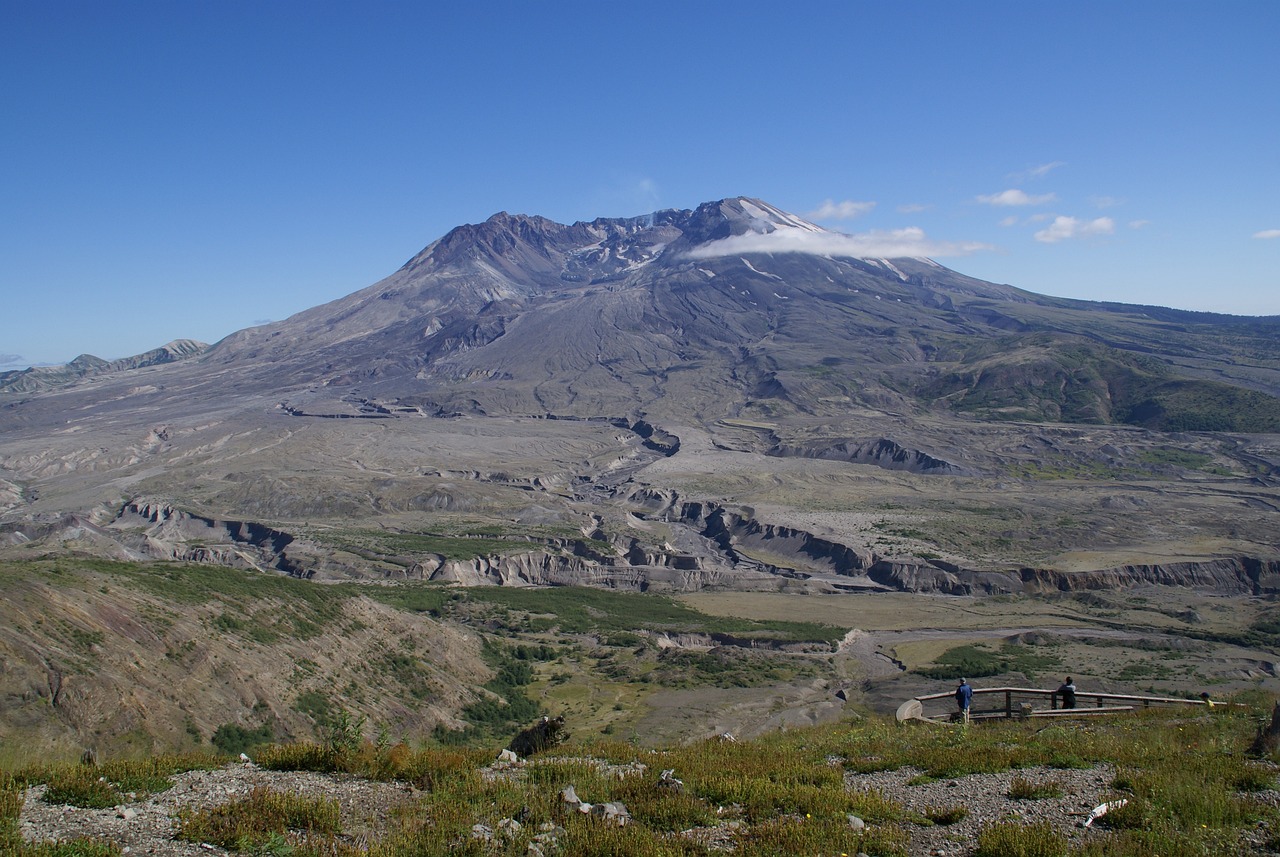
Technological Advancements in Preservation
This article delves into the complexities and obstacles faced in the preservation of historic towns, highlighting the importance of maintaining cultural heritage and architectural significance.
When it comes to preserving historic towns, technological advancements have revolutionized the way we approach conservation efforts. The integration of modern technologies such as 3D mapping, digital documentation, and virtual reality has significantly enhanced the preservation and restoration processes.
Through the use of 3D mapping, experts can create detailed digital models of historic structures, allowing for precise analysis and documentation of architectural elements. This not only aids in the conservation of intricate details but also facilitates accurate restoration work, ensuring the authenticity of the town's historical charm.
Furthermore, digital documentation has streamlined the preservation process by enabling the creation of comprehensive archives that store valuable information about the town's heritage. These digital records serve as a vital resource for researchers, conservationists, and future restoration projects, ensuring that historical knowledge is preserved for generations to come.
Virtual reality technology has also played a significant role in engaging the public and raising awareness about the importance of preserving historic towns. By offering immersive experiences that allow individuals to explore virtual reconstructions of historical sites, virtual reality fosters a deeper appreciation for the town's cultural significance and encourages active participation in preservation efforts.
Overall, technological advancements have not only facilitated the conservation of historic towns but have also opened up new possibilities for innovative approaches to preservation. By harnessing the power of modern technologies, we can ensure that the legacy of these unique heritage sites is safeguarded for future generations to enjoy.

Climate Change and Environmental Threats
This article delves into the complexities and obstacles faced in the preservation of historic towns, highlighting the importance of maintaining cultural heritage and architectural significance.
Climate change poses a significant threat to historic towns, impacting their structural integrity and cultural significance. The rise in global temperatures has led to more frequent and severe natural disasters, putting these vulnerable towns at risk of destruction. Erosion caused by changing weather patterns and rising sea levels further endangers the historical buildings and landmarks. Additionally, pollution from industrial activities and transportation contributes to the deterioration of the town's architectural heritage.

Tourism Management and Sustainable Development
Tourism management in historic towns presents a delicate balance between economic growth and the preservation of cultural heritage. The influx of tourists can bring significant revenue to these towns, supporting local businesses and boosting the economy. However, it also poses a threat to the authenticity and integrity of the historic sites. Striking a balance between promoting tourism and ensuring sustainable development is crucial to maintaining the unique charm and historical significance of these towns.
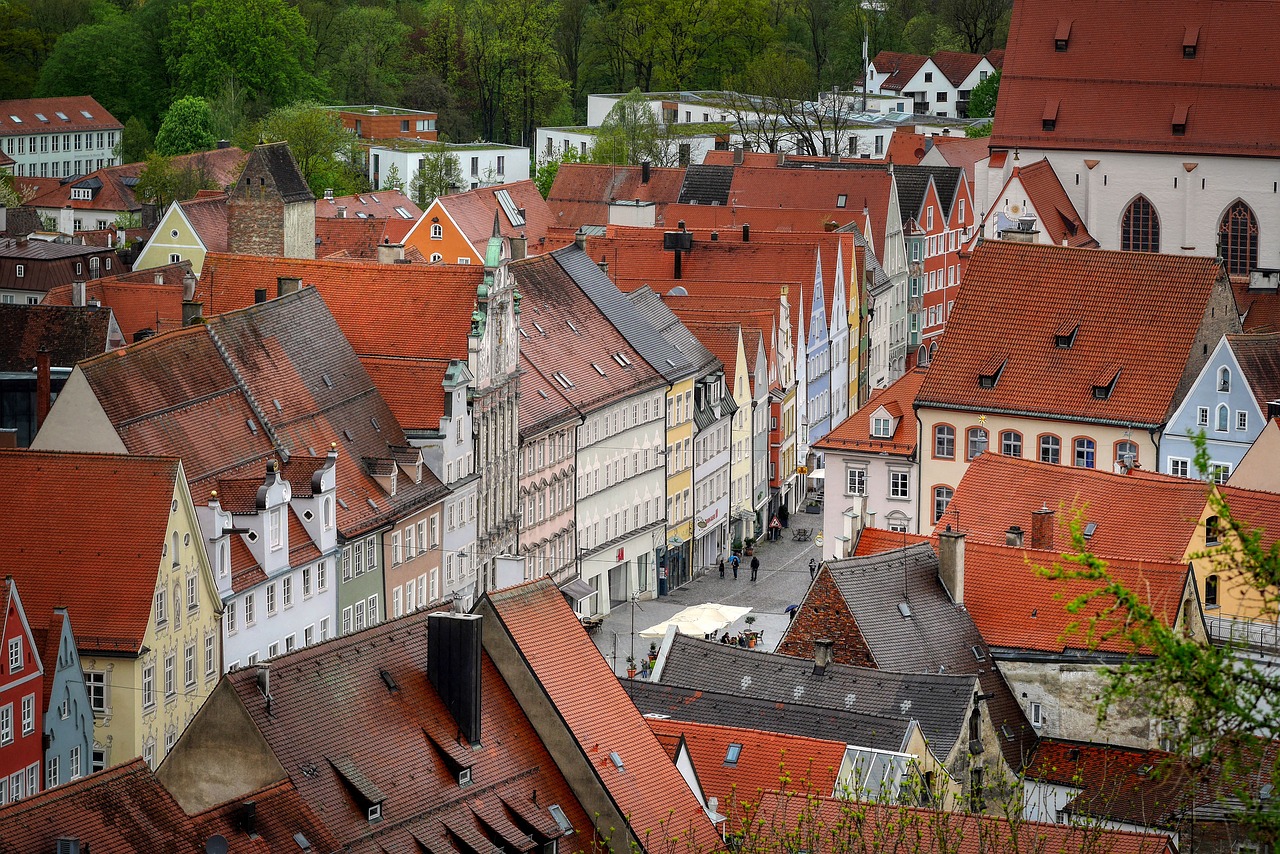
Educational Initiatives and Cultural Awareness
Educational initiatives and cultural awareness play a vital role in preserving the historical significance of towns and fostering a sense of appreciation among the community. By educating the public about the value of heritage sites and the importance of conservation efforts, these initiatives contribute to building a shared understanding of the cultural significance of historic towns.
One effective educational strategy is the implementation of heritage education programs in schools and universities. By integrating historical content into the curriculum, students are exposed to the rich heritage of their surroundings from a young age, instilling a sense of pride and responsibility towards preserving their town's history.
Cultural awareness campaigns also play a crucial role in engaging the broader community in preservation efforts. These campaigns aim to raise awareness about the unique cultural identity of historic towns, encouraging residents and visitors alike to respect and protect the architectural heritage that defines the town's character.
Moreover, partnerships between heritage organizations, local communities, and educational institutions can facilitate collaborative projects that promote cultural heritage preservation. By working together, these stakeholders can leverage their resources and expertise to develop innovative educational initiatives that engage the public and promote a deeper understanding of the historical significance of their town.
Frequently Asked Questions
- What are the main challenges faced in preserving historic towns?
The main challenges include urbanization pressures, financial constraints, community engagement issues, heritage conservation regulations, technological advancements, climate change threats, tourism management dilemmas, and the need for educational initiatives.
- How does rapid urbanization impact historic towns?
Rapid urbanization often leads to conflicts between modern development needs and the preservation of historical structures, resulting in the loss of cultural heritage and architectural significance.
- What role does community engagement play in historic town preservation?
Community engagement is crucial for garnering local support, fostering collaboration among stakeholders, and ensuring sustainable preservation efforts that align with the needs and values of the residents.
- What are some of the technological advancements used in historic town preservation?
Modern technologies such as 3D mapping, digital documentation, and virtual reality are employed to aid in the documentation, restoration, and conservation of historic towns, enhancing the accuracy and efficiency of preservation efforts.
- How does climate change pose a threat to historic towns?
Climate change contributes to environmental risks like natural disasters, erosion, and pollution, which can deteriorate historic structures, endanger cultural heritage sites, and undermine the integrity of historic towns.







